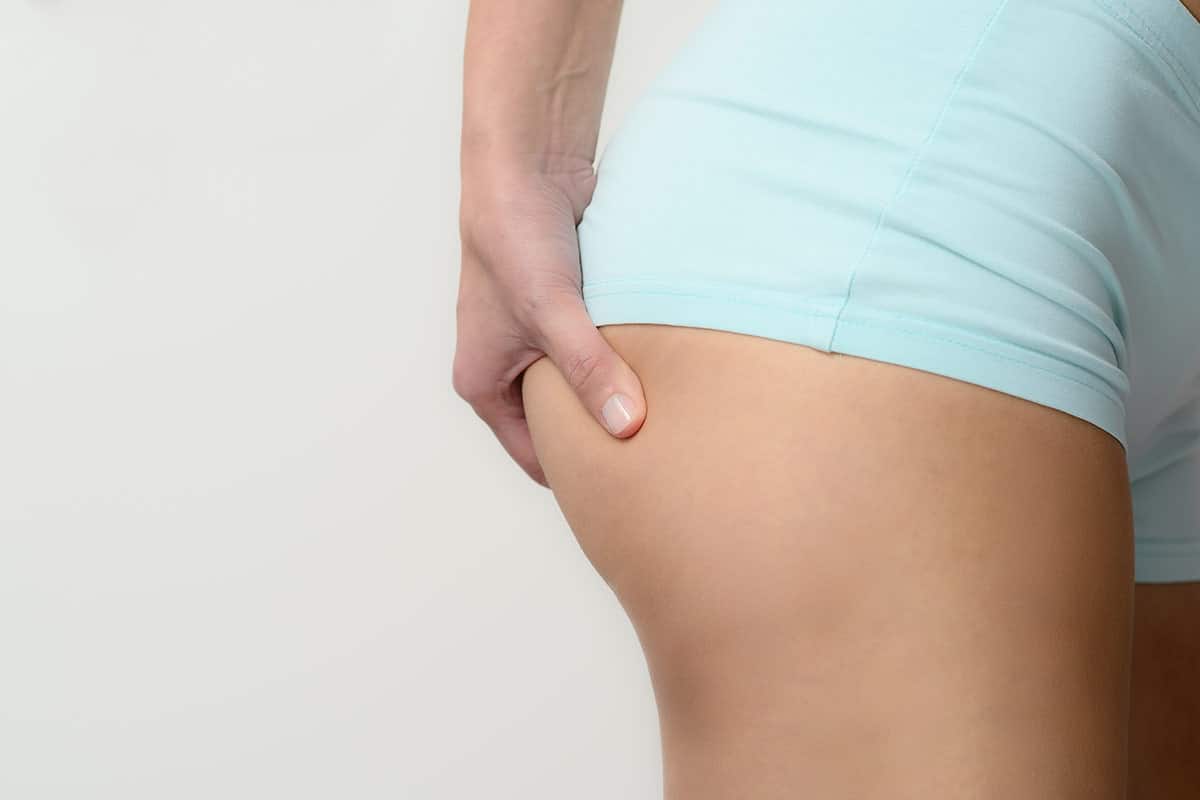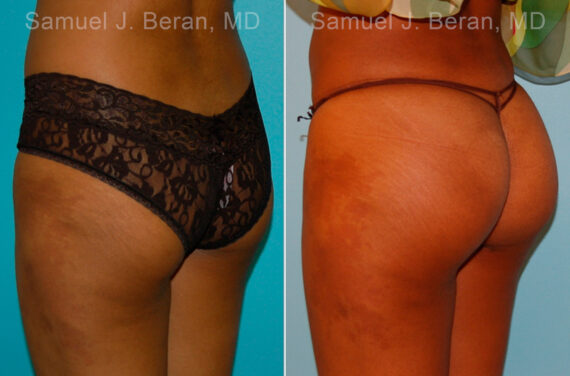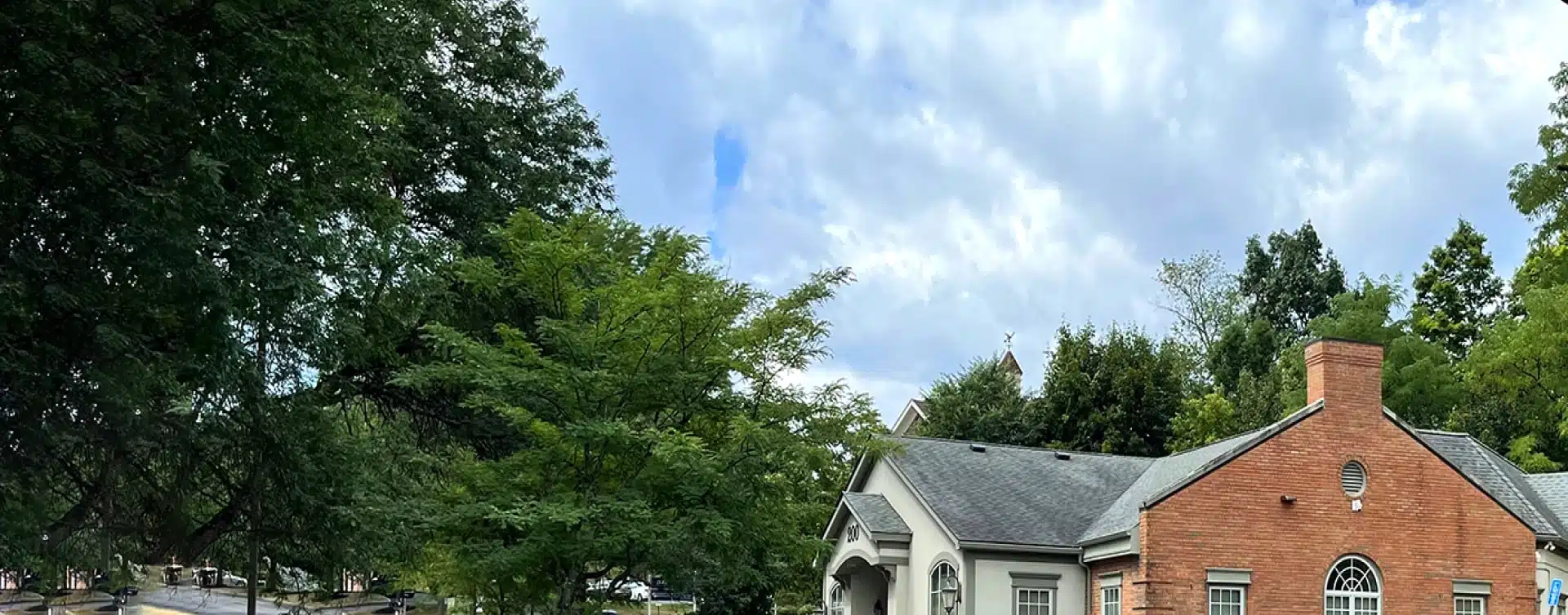A Brazilian Butt Lift (BBL) is one of the most sought-after cosmetic procedures for enhancing the shape and volume of the buttocks. By using a patient’s own fat, the procedure creates natural-looking results with the added benefit of body contouring. However, as with any surgical procedure, there are potential risks and side effects that patients should be aware of before making a decision.
To secure a safe effective outcome, knowing the benefits and the problems is vital. This text presents information on side effects linked to BBL surgery. It also helps determine if this procedure suits a person.

Is BBL (Brazilian Butt Lift) Safe?
BBL procedures can improve a person’s appearance. This procedure is generally safe. A BBL can become dangerous with a surgeon who lacks experience or qualifications – it may cause serious problems. The increase in cosmetic clinics without regulations has contributed to a rise in flawed surgeries. This has caused a negative perception of the BBL. For these reasons selecting a plastic surgeon certified by a board is very important. An experienced surgeon uses correct techniques, this ensures patient safety, reduces possible risks and provides outcomes that appear natural and last a long time.
BBL Surgery Side Effects
Although a BBL is generally very safe when performed by an expert, just like with any other surgery, there are a few potential complications that can arise due to various factors. These can be influenced by the patient’s overall health, post-operative care, and, most importantly, the skill and experience of the surgeon performing the procedure. Below are some of the most common side effects associated with a BBL:
1. Post-Operative Pain
You’ll feel some soreness, tightness, and throbbing as your body responds to liposuction, incisions, and the fat graft settling in. Pain typically peaks around 48–72?hours after surgery and gradually eases over the next 2–3?weeks.
You’ll notice it most when you
- Sit (pressure on the treated area)
- Lie down (especially on your back)
- Move from standing to sitting or vice versa
Pro Tips
- Stay hydrated and eat protein?rich meals to support tissue repair.
- Take pain meds on schedule to stay ahead of discomfort—don’t wait until it’s severe.
- Apply ice packs for 15?min on, 15?min off to reduce swelling and numb soreness.
- Sit on a BBL pillow or donut cushion to relieve direct pressure on your buttocks.
- Elevate your pelvis slightly when lying (use extra pillows under your hips).
2. Infection and Necrosis
Infection can develop if bacteria enter your incision sites; necrosis (fat cell death) shows up as firm, discolored nodules when transferred fat fails to get blood flow. Infections often appear within 5–10?days, while necrosis signs may surface 1–2?weeks post?op.
You’ll notice it most when you
- See spreading redness, streaks, or increased warmth around incisions
- Experience sudden spikes in pain or develop a fever (>100.4?°F)
- Detect yellow/green discharge or a foul odor from the wound
- Feel firm, painful lumps under the skin in treated areas
Pro Tips
- Start antibiotics immediately if prescribed—never skip a dose.
- Keep incisions clean and dry; follow your surgeon’s dressing?change schedule precisely.
- Wash hands thoroughly before touching or cleaning wounds.
- Monitor your temperature daily and log any changes.
- Attend all follow?up visits so your surgeon can catch issues early.
3. Fat Embolism
Fat embolism occurs when fat droplets enter your bloodstream and lodge in lungs or other organs. It’s extremely rare (<0.05% of cases) but can be life?threatening. Symptoms usually appear within the first 24–48?hours.
You’ll notice it most when you
- Have sudden difficulty breathing, chest pain, or rapid heart rate
- Cough up blood or produce frothy sputum
- Feel confusion, dizziness, or extreme anxiety
- Experience low oxygen levels (shortness of breath at rest)
Pro Tips
- Know emergency signs—call 911 immediately if you suspect an embolism.
- Confirm your surgeon uses subcutaneous?only injections—never into muscle.
- Ask about ultrasound or fluoroscopy guidance to ensure safe fat placement.
- Limit activity to gentle walking for the first 48?hours to promote circulation.
4. Changes in Sensation
Nerve irritation from liposuction and grafting can cause numbness, tingling, or heightened sensitivity. Most sensation returns within 3–6?months, though minor changes can persist up to a year.
You’ll notice it most when you
- Sit or lie down for long periods (pressure on irritated nerves)
- Touch or massage the liposuctioned regions
- Perform gentle stretches or light movements
Pro Tips
- Use a warm compress for 10?min to relieve tingling or stiffness.
- Gently massage the area as recommended to stimulate nerve regeneration.
- Wear loose, breathable clothing to avoid friction on healing skin.
- Do light, surgeon?approved exercises (e.g., walking, pelvic tilts) to boost blood flow.
5. The “BBL Smell”
A musty or slightly sour odor can develop from trapped moisture, dead cells, and healing exudate—this is usually harmless. If it’s strong or comes with other symptoms, it may signal infection.
You’ll notice it most when you
- Sweat after wearing compression garments for hours
- Remove your garment after a full day of wear
- Sit without airing out the treated areas
Pro Tips
- Inspect for other signs (redness, discharge, fever) before dismissing an odor as normal.
- Air out and launder garments daily using a gentle, fragrance?free detergent.
- Use a fragrance?free antimicrobial wash on your skin before re?dressing.
- Keep the area dry—pat skin gently instead of rubbing.
6. Botched Results
Uneven fat placement or excessive resorption can leave lumps, dips, or asymmetry. Up to 30–50% of grafted fat may be reabsorbed, so precise technique and post?op care are critical.
You’ll notice it most when you
- Inspect your silhouette in the mirror or photos—front, back, and sides
- Feel irregularities or depressions under your fingertips
- Compare both sides while standing, sitting, and lying down
Pro Tips
- Clarify their revision policy in case you need touch?ups after healing.
- Review before/after photos of your surgeon’s BBL patients to set realistic expectations.
- Ask about their fat?grafting technique—microdroplet vs. large?volume injections.
- Follow weight?maintenance guidelines (no major gains/losses) to preserve results.
Start Your Journey to Success, Don’t Wait More!
Join our satisfied clients who’ve experienced safe, effective treatments.
So, Is Getting a BBL Worth It?
While every surgery comes with its risks, the Brazilian Butt Lift remains one of the most effective procedures for achieving a more sculpted, curvier figure. Many women across the U.S. undergo BBL surgery each year, experiencing life-changing transformations that enhance their confidence and body proportions. When performed correctly, a BBL can provide long-lasting, natural-looking results that complement your overall shape.
The key to a successful and safe outcome lies in selecting the right surgeon. Choosing an experienced, board-certified plastic surgeon ensures that you receive the best possible results while minimizing risks. By working with a specialist who follows the latest safety techniques, you can achieve your dream silhouette without unnecessary complications.
Patient Results

* All patients are unique and individual results may vary.
Who Should Perform My BBL?
When considering a Brazilian Butt Lift, selecting a highly skilled and board-certified plastic surgeon is the most important decision you can make. The success and safety of your procedure depend on the expertise of the surgeon performing it. A qualified professional will follow the safest techniques, ensuring long-lasting, natural-looking results while minimizing potential risks.
Dr. Samuel Beran, a board-certified plastic surgeon with years of experience in body contouring procedures, is dedicated to delivering exceptional BBL results. With a commitment to patient safety and precision, Dr. Beran ensures that each procedure is performed with the highest standards of care. If you are considering a BBL, call us today at (845) 863-1772 to schedule a consultation and take the next step toward achieving your ideal silhouette.
